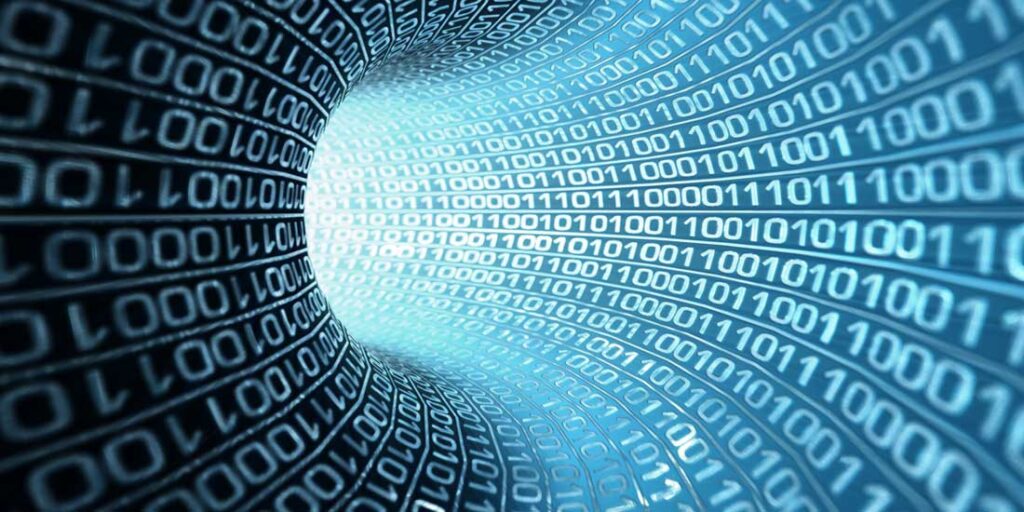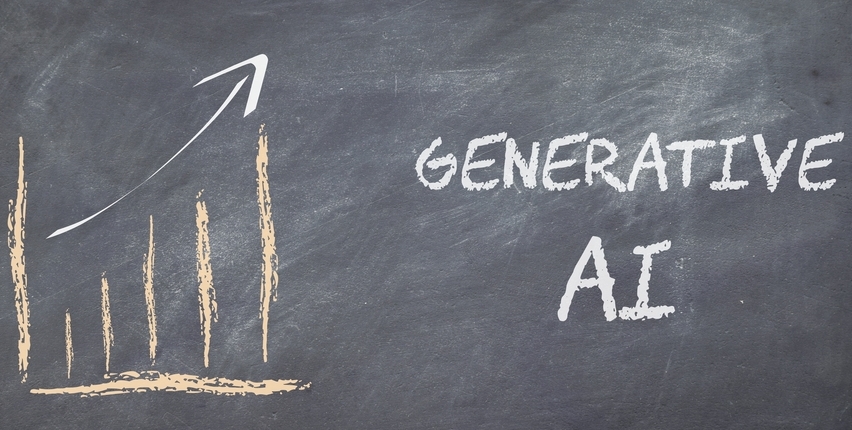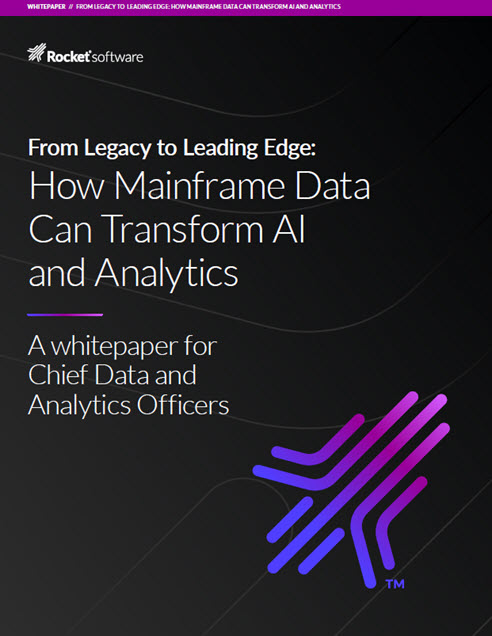
The following is excerpted from Data Rules: Reinventing the Market Economy by Cristina Alaimo and Jannis Kallinikos. Reprinted with permission from The MIT Press. Copyright 2024.
The perception of data as technical items does not do justice to the semiotic, epistemic, and communication functions that data perform in economy and society. It is reasonable, though, to wonder to what degree the technological nature of digital data and the formalized operations embodied in software systems and devices by which they are produced and managed shape these functions. This is, no doubt, an intricate question that echoes vexed issues of content versus form or medium, recurrent in the history of communication, in arts, semiotics, and cognition more widely. The medium is never an innocent carrier of the content that it conveys; rather, it is variously involved in shaping it, a condition that has found its most memorable expression in Marshall McLuhan’s hyperbole “the medium is the message”.
The facts that digital data mediate are undeniably shaped by the technical prescriptions by which they encode the life incidents they capture, the formal rules and principles of large data repositories (databases), the standards and protocols required for their transmission, the metrics that make specific data visible, and the hardwired functionalities of software systems through which they are produced and shared. These operations, furthermore, are contingent on the inexorable logic of bitstrings and how lower-level computing operations support higher-level, semantic functions. All these formal prerequisites compromise content specificity or detail (context) for recognizability, retrieval, and other similar cognitive benefits. In addition, data are often generated on the assumption that they matter in conjunction with other tokens in a large enough scale to disclose novel configurations of similarities and differences (usually expressed as metrics). As the practice of recombining and repurposing data across domains diffuses, the variety of circumstances that these massive data volumes bring about necessitates additional formalization and standardization. The growing institutional immersion of artificial intelligence (AI) applications and emerging technologies further reinforce these trends.
All these conditions are undoubtedly responsible for the widespread perception of data as mere technical elements, at a remove from the fields in which cognition, action and knowledge, and communication unfold. A closer reflection on these conditions nonetheless indicates that the production of digital data is inescapably associated with the establishment of a semantic layer that is not reducible to the underlying technological principles and operations, no matter how much it is contingent on them. Whether in the form of social data produced by online interaction and communication or sensor-generated data, the incidents of life that pass through the lenses of digital data unavoidably embody operations of filtering, describing, or otherwise, positing a meaningful reality and acting upon it. Traffic monitoring, user whereabouts on social media, machine utilization metrics in industrial platforms, and patient records in health care all transcend the formal (logical, computational) and material (digital, electrical) underpinnings of data qua technological elements. In other words, the production and use of digital data are related to meaning creation, knowledge development, and management. In most of their technological incarnations, data still furnish the means for bringing about distinctions that help lift areas of social and economic reality out of the dense background to which they belong and make them the objects of social and economic interference.
Digital data grow at the crossroads upon which computation encounters significance, the mechanics of data processing turn upon meaning, and technological affordances fuse with communication modes and practices. There is, no doubt, a steady friction but also an interpenetration between data as technological items on the one hand and data as signifying, representing, and communicating tokens on the other. The diffused practice of combining digital data across diverse domains and regularly repurposing and reusing them indicates the mutual implication of their technological and semantic qualities. Even if amenable to machine processing and management, data remain instruments of communication, cognition, and representation. This hybrid makeup grants digital data their distinctive and fascinating character and renders them a ubiquitous companion of contemporary socioeconomic life.
While offering a vivid contrast to the widespread misperception of data as technical items, these observations also qualify the impact that algorithms have been claimed to have upon persons, work patterns, and institutions. The variety of functions that data perform as reality filters, instruments of knowledge, and media of communication are hardly reducible to the computational procedures that algorithms (even learning algorithms) embody. Some time ago, the computer scientist Peter Wegner contrasted algorithms with interaction. His argument is complex, but it can be summed up by the claim that interaction is critical to the performance of many computational systems, as it provides the data input and learning capabilities that the adequate functioning of these systems require, a task that cannot be accomplished by algorithms alone. The acumen of this observation, advanced long before algorithms acquired the traction that they currently have, is unambiguously manifested by the history of computing technologies. A quick reflection on the transition from large, centrally controlled, computationally intensive, and yet interaction-dumb mainframes to desktop computing, the development of the Internet, and the diffusion of tablets and smart phones along with the Internet of Things (IoT) provides a forceful reminder of the evolutionary trajectory of digital technologies. The immersion of computing technologies and devices in the context of daily living and the interaction of machines with other machines and with heterogeneous users are the most revolutionary developments of computer technologies after their invention as universal machines of computation. These conditions bespeak the ongoing importance of data and the broader mind-scape in which the uses of current technologies and devices are embedded. To equate these processes to algorithms amounts to mistaking “multipart complex systems for simple, singular ones”.
While vital to current forms of cognitive automation, algorithms are only one (albeit pervasive) element of far more complex technological and institutional machinery. The black boxing of the workings of this machinery and the dependence of algorithmic outputs on the scope, semantic variety, and quality of data upon which algorithmic operations are predicated risks compromising the complexity and subtlety of the bigger picture. It is important not to lose sight of the fundamental fact that algorithms maintain the connection with their surroundings through the data that they are fed. Data are, as it were, the “sensing arms” of algorithms, the means through which algorithms transcend their operational closure as procedures of calculation (i.e., mechanical operations) and link and interact with reality. Through data, algorithms communicate with their environments and get to “know about” and “learn from” what is happening around them. Algorithms without living data are no more than sheer mathematical exercises. Contrasting data with algorithms may ultimately be pointless. It is, though worthwhile, against the background of the widespread, reified use of algorithms to stress their mutual implication and underline the patterns by which they presuppose and reinforce one another. The impact of algorithms on work, management, organizations, societies, and economic practices is heavily shaped by the life situations that data mediate, and thus by the scope, size, and quality of these mediations upon which algorithms operate.
Sign up for the free insideAI News newsletter.
Join us on Twitter: https://twitter.com/InsideBigData1
Join us on LinkedIn: https://www.linkedin.com/company/insidebigdata/
Join us on Facebook: https://www.facebook.com/insideAI NewsNOW




